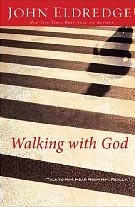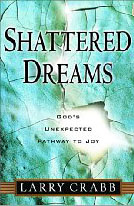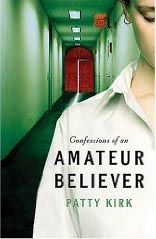Review of Until They Are Found, by Peter Gray
Until They Are Found
The Story of a Relentless Shepherd and His Rogue Sheep
by Peter Gray, B. Th.
UWCM Press, Adelaide, Australia, 2005. 72 pages.
Starred Review.
Here’s another book which I’ve been meaning to review for a very long time. The author sent me the book himself after he read some of my reviews of George MacDonald’s books and others where I admit that I have come to believe that God will eventually save everyone. I agreed to review the book, but that was in the middle of my life upheaval, when I simply wasn’t getting very many books reviewed. I did reread the book in 2009, and thoroughly enjoyed it both times.
Until They Are Found is a short book, almost just a pamphlet, but it concisely and persuasively looks at the three “lost” parables in Luke 15 to make the case that God will keep on searching for sinners until they are found.
The parables are the Lost Sheep, the Lost Coin, and the Lost Son (more commonly referred to as the Prodigal Son). The context suggests that these parables should be considered together, that they are demonstrating the same thing.
In both the first two parables, the searcher searches until they find what was lost. Peter Gray puts it this way:
“What may we say was the reason for the lost sheep becoming found? Was the sheep saved by the doing of good works? Was the sheep saved by the following of law or commandment? was the sheep saved because it recognised its own state of ‘lost-ness,’ and went searching for its shepherd? Heaven forbid! The lost sheep was found for one reason and one reason alone. The lost sheep was found because the Good Shepherd came looking. The shepherd commenced a search and rescue operation that would never finish, until his sheep was found.
“His is a personal search, a persevering search, a successful search. He will search until they are found. The lost sheep contributed nothing to its being found.”
Peter Gray goes on to show how, taken together, Luke 15 definitely suggests that God will save everyone. I like his conclusion. He’s not dogmatic, but suggests that you take a good look for yourself:
“Universalism, the belief that all people will eventually be saved, is a theme inherent in this book. I, like many famous and well respected theologians of the past, hold to at least the possibility of universalism. In this book, I have attempted to let the text of Luke 15 speak for itself. The real possibility of universalism is what it said when I let it speak. Many Christians hold as one of their fundamental beliefs that not all will be saved. Because of that belief, the text of Luke 15 is read and not seen for what it is. I wrote in the preface that this book might leave you with unanswered questions. Universalism is the question I had in mind when I wrote that. It is a question that we should embrace instead of running away from.
“Is the New Testament more universal than the Christianity we have inherited would have us believe? Does the New Testament, even though it teaches the possibility of experiencing hell, also teach the possibility that God’s desire for all to be saved will actually happen? I believe so, but you must make your own decision.
“Happy wrestling!”
I wasn’t able to find this book on Amazon, but the author has a blog with contact information, including a new book available. Here is his blog, called The Saviour of the World. Here is a link for ordering a copy of Until They Are Found, with the first chapter available to read.
Find this review on Sonderbooks at: www.sonderbooks.com/Nonfiction/until_they_are_found.html
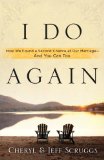
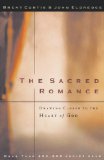

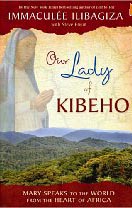 Our Lady of Kibeho
Our Lady of Kibeho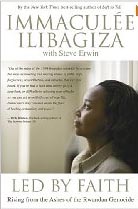 Led By Faith
Led By Faith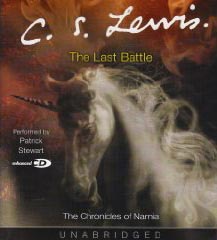 The Last Battle
The Last Battle